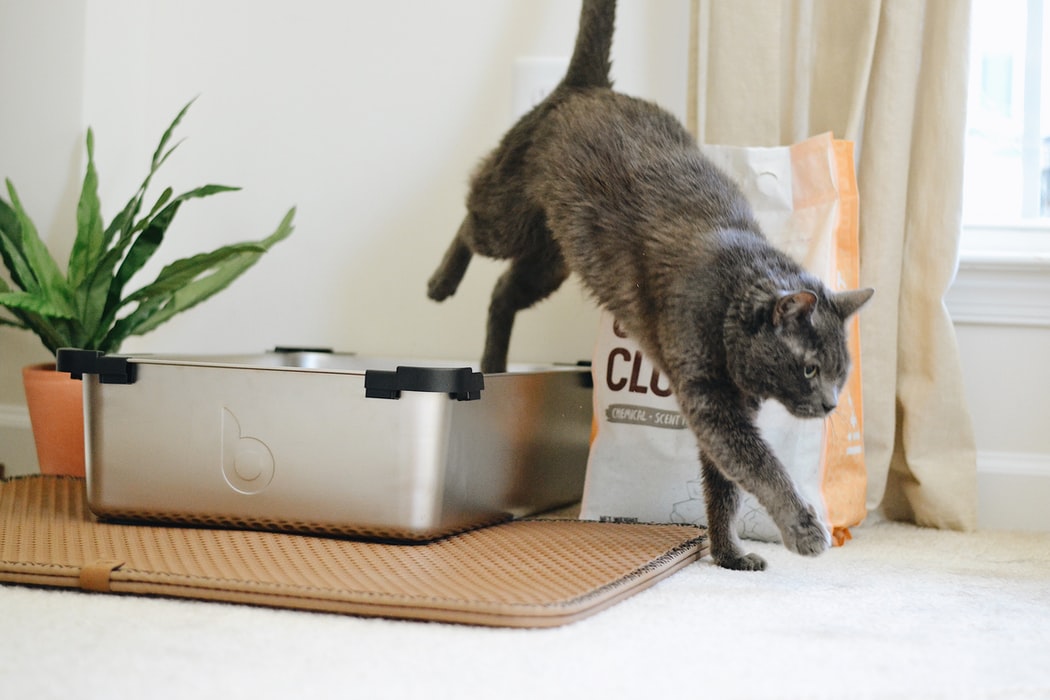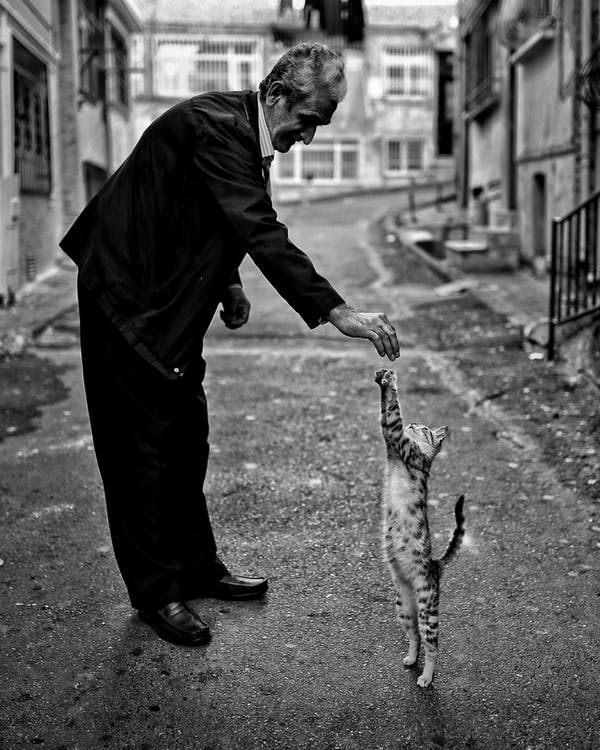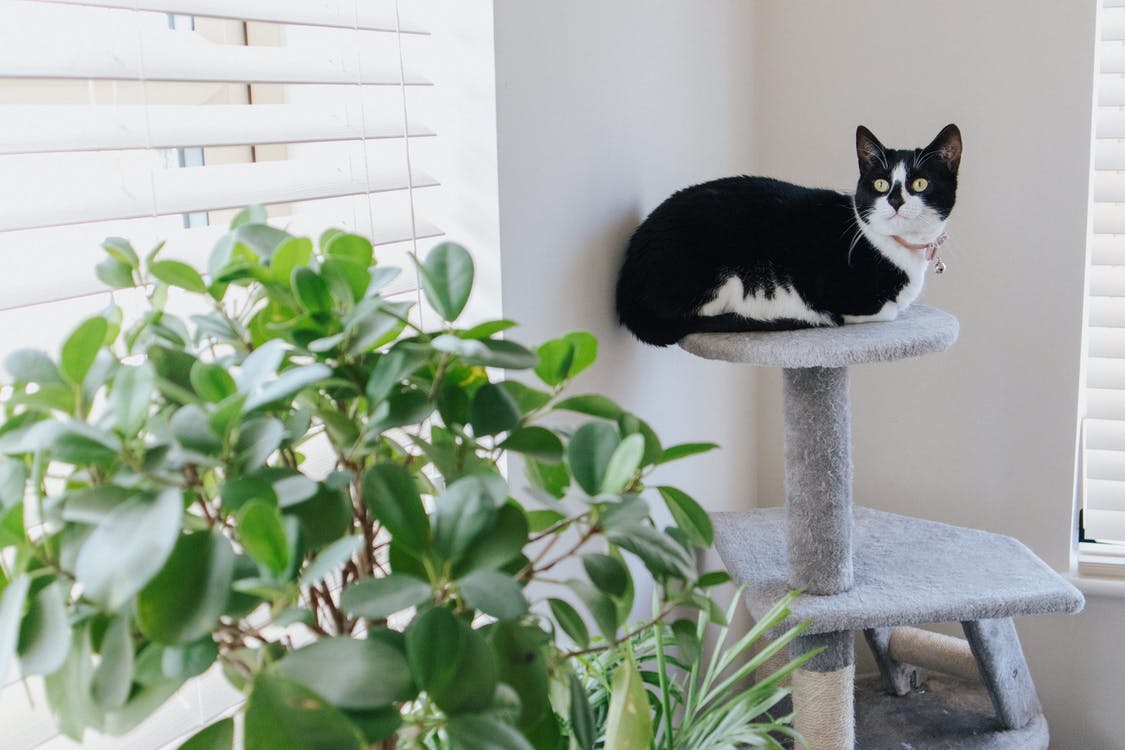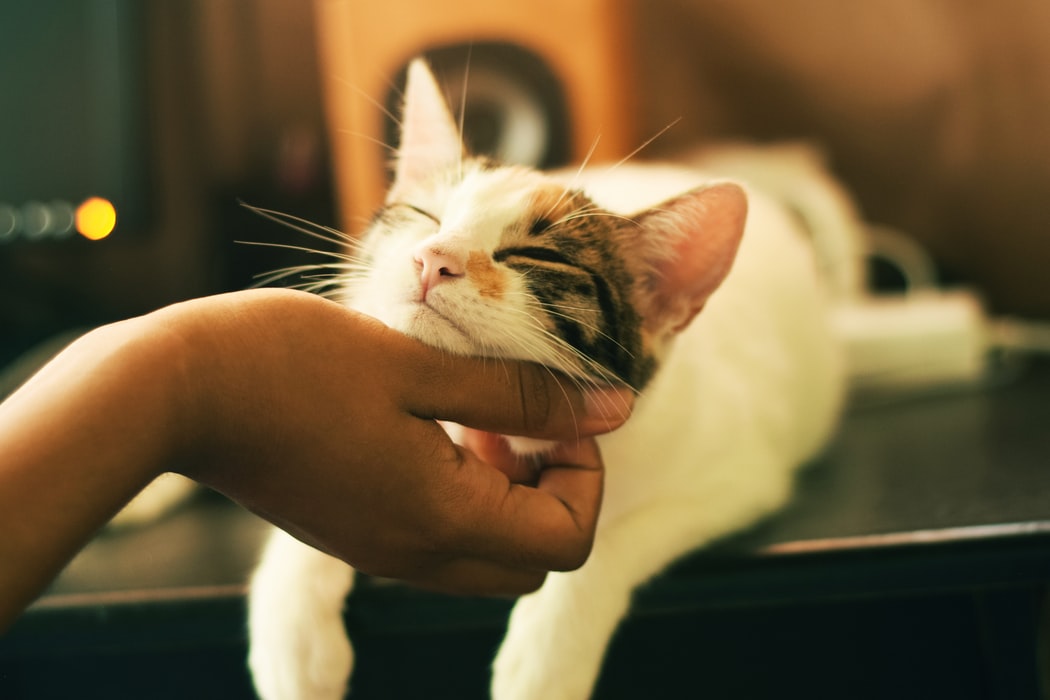You might think your cat is stupid if they remain aloof or uninterested when you call them out, but the truth is cats are highly intelligent animals. The reason they appear unresponsive to your commands is that they are very independent. While it is difficult to influence the behavior of a cat, it is not entirely impossible.
You can train your cat to do wonders, whether it is a kitten or an older cat, if you remain patient and consistent with them. Teaching your cats a few tricks not only adds to their cuteness but also helps them become less anxious and more social and gleeful.
Many of us want our furry friends to come on command and stop their mischief, such as scratching the furniture or doing their business outside the litter box. Below is a guide that will help you correct your cat’s inappropriate behavior and teach them a few fancy tricks.
How to Train a Cat to Use a Litter Box
Training your furry friend to develop good bathroom habits definitely takes some time and effort. The first and most significant step is to find the right spot for the litter box. A quiet area that offers privacy and yet is not too far away makes a perfect choice. For instance, if you put the little box in the center of the living room, your cat might feel too exposed and get uncomfortable using it. On the other hand, if you place it in the farthest corner of the house, your cat might get lazy and retreat to doing her business in the nearest available corner. So, choose a spot that is private but also easily accessible.
Once you have chosen the spot, show your cat the box and place them in it. Your cat might be suspicious at first, so let them sniff and examine the box for as long as they want. Once you have shown the litter box to your cat, make sure not to change its location to avoid confusing them.
The oldest trick in the book perhaps is to put your cat in the litter box immediately after they finish their meal or wake up from a nap. Repeatedly doing this will make your cat realize the purpose of the litter box. Moreover, look for signs indicating that they need to use the bathroom, such as sniffing, crouching, or scratching in a particular area. Whenever your cat displays such signs, pick them up and place them in their litter box.
Praising your cat and rewarding them when they accomplish a task is imperative at the beginning of the training. Doing so instills a feeling of accomplishment in cats and helps them learn faster. So reward your furry friend with a treat or toy every time they use the litter box. Moreover, make sure that you do not punish or scold them in any way for out-of-the-litter-box accidents.
Since cats do not associate punishment with the incident in question, they will not learn if you scold them. Instead, it will induce stress and anxiety in your cat and make the whole process of litter training more difficult.
To help your cat learn faster, always keep the litter box clean and fresh. Scoop your cat’s deposits from the litter box every day and change the litter frequently. Also, disinfect and clean the box every time you change the litter. Doing so will not only prevent your house from smelling like cat poop but also make the experience of using a litter box pleasant for your furry friend.
How to Train a Cat to Give a High Five and Shake Hands
While it may seem a tad bit difficult, teaching your cat to give you a high five or shake hands with you is actually very simple. All you need to do is keep a bunch of treats ready to go.
Once you have a stock of treats by your side, get on the same level as your cat and tap their paw. Keep saying ‘shake’ as you tap it. Reward them with a treat every time their paw moves off the ground. Doing so will encourage paw movements.
Once they start moving their paw, wrap the treat in your first and let them try to grab it. Do not lose hope if your cat does not respond immediately, as it takes a couple of days for cats to master this skill. So give your cat some time and repeat the process until your cat grabs your hand on its own whenever you say the magic word.
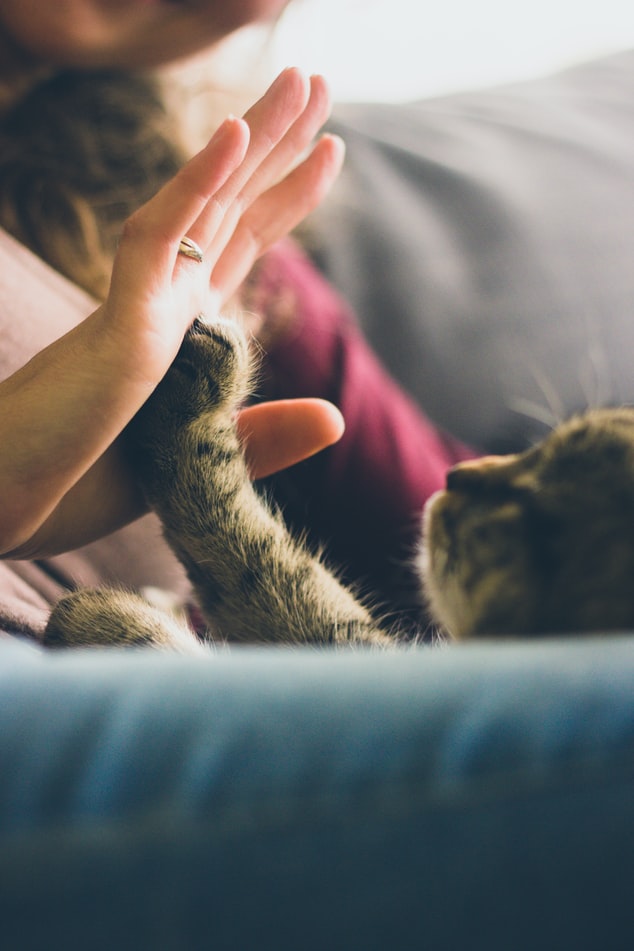
If your cat knows how to shake hands, you can train them to give a high five in no time. The trick is to gradually start lifting your hand higher every time you use the shake command. Do not forget to reward them with a treat every time they raise their paw. After a few sessions, your furry friend will learn to give you a high five whenever you lift your hand and give the command!
How to Train a Cat to Stop Scratching the Furniture
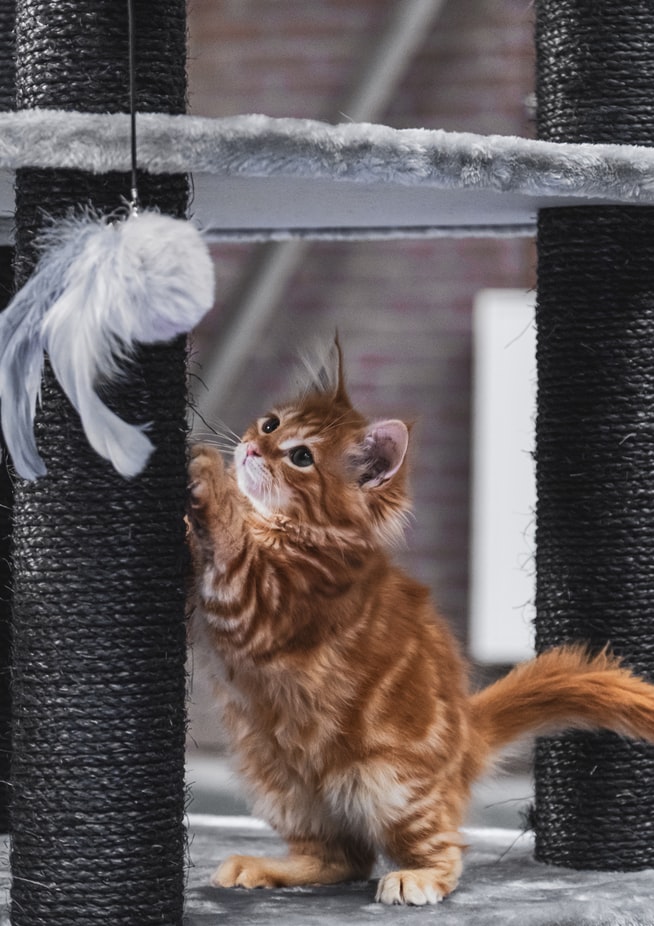
One of the biggest problems cat-owners face after bringing an untrained kitten home is the ruined furniture. While you are right in wanting to save your expensive furniture, you also need to understand that scratching is necessary for cats. It provides exercise for cats and helps maintain their claw health. It also relieves stress and makes your furry friends feel good. So, if you want your cat to stop scratching your furniture, you need to provide them with an alternative, such as scratching posts and interactive toys. You can find them at any pet store or purchase them online.
The trick is to strategically put the scratching surface near places your cat likes to hang out. Since cats partly scratch to make their territory, do not place the scratching post in a dark, unused area. You can also put one scratching post in front of the piece of furniture your cat targets most to distract them.
Another way to stop your cat from ruining your furniture is to make it unattractive. To accomplish this, you can cover your furniture tightly with a sheet so that your cat is unable to get under it. You can also spray the targeted area with a citrus-scented spray to repel the cat.
After following these techniques, your cat should stop scratching your furniture. But if they continue to do so, distract them with a sharp sound. While scolding them will induce stress and exacerbate the situation, making a sudden sound will alert them. In no case, however, you should declaw your cat. Not only is it painful, but it completely alters the way your cat maintains balance, walks, and interacts. All in all, it is inhumane and not a solution to the problem.
How to Train a Cat to Come on Command
Like dogs, cats too can learn to come to you by responding to a vocal cue. This skill not only adds to the tricks your cat can show off but can also prove helpful to bring them inside the house in case they dash out. To help your cat acquire this skill, all you need to do is pair some rewards and treats with the vocal cue.
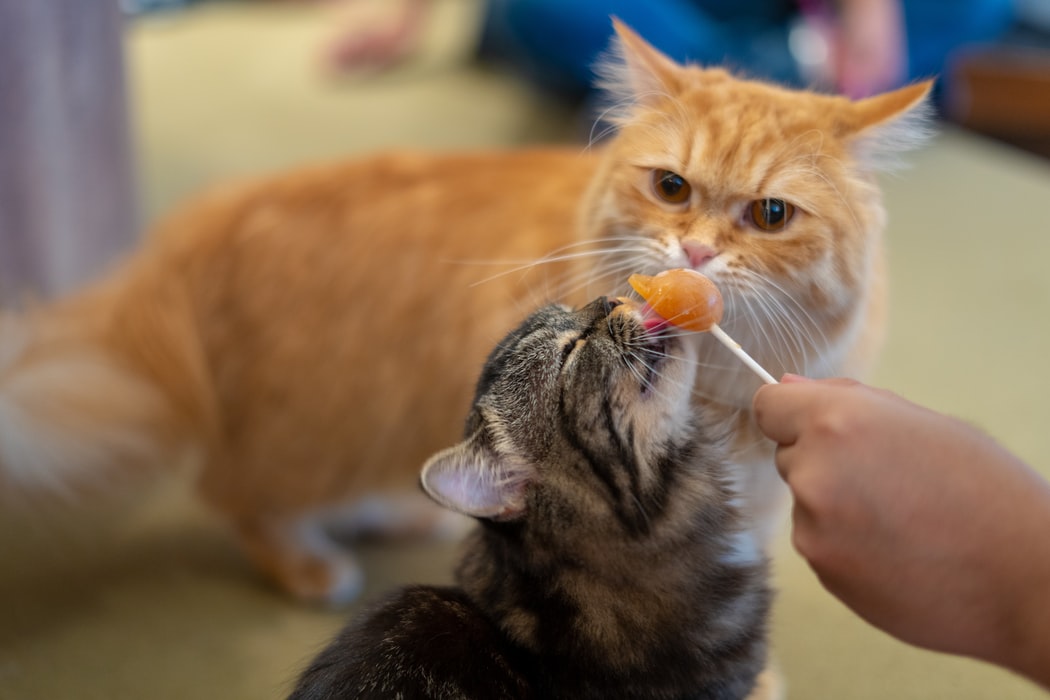
Start by making a distinct noise – such as clicking your tongue or calling out their name – every time you open the can to feed your cat. This way, your cat will start associating that noise with a positive experience and come running to you every time it hears it. Encourage their behavior by putting treats in their bowl outside of feeding times and calling them. Reward your cat every time she runs to you to help them learn faster.
Start with a short distance and gradually turn to calling your cat from longer distances. Repeat by using the clicker when the cat comes and rewarding them with a treat. Over time, phase out the clicker and treat them once a day. Once your cat has mastered the skill, you can replace the treats with head scratches and praises every time they run to you.
Final Words
Cats are sensitive animals, so it is imperative that you work with your cat and give them enough space and time whilst training. Correcting inappropriate behavior will prevent your cat from developing harmful habits and help maintain a safe and harmonious environment in your home. Meanwhile, you will also experience lots of laughs and strengthen your bond with your furry friend when teaching them fun tricks.


